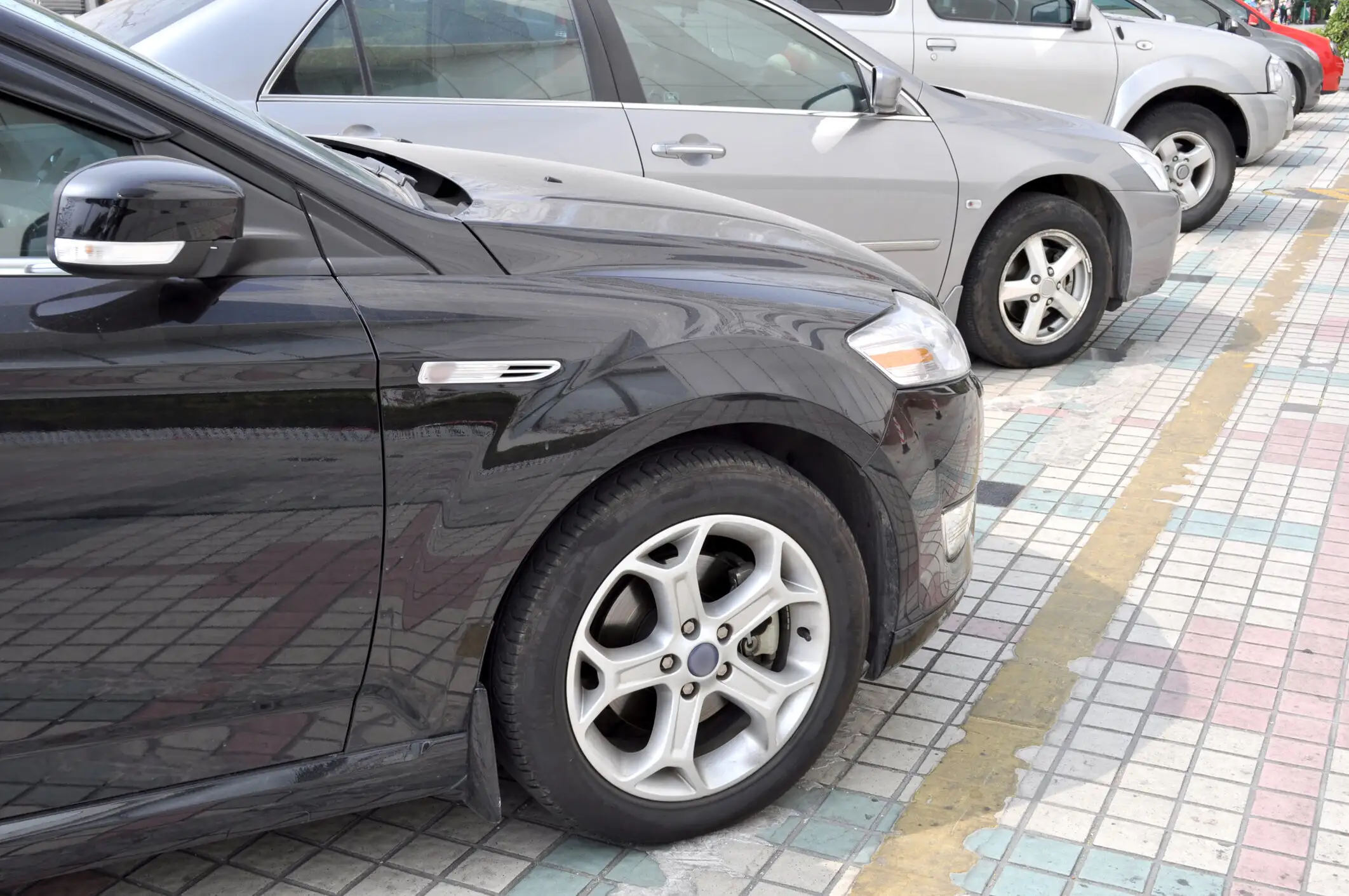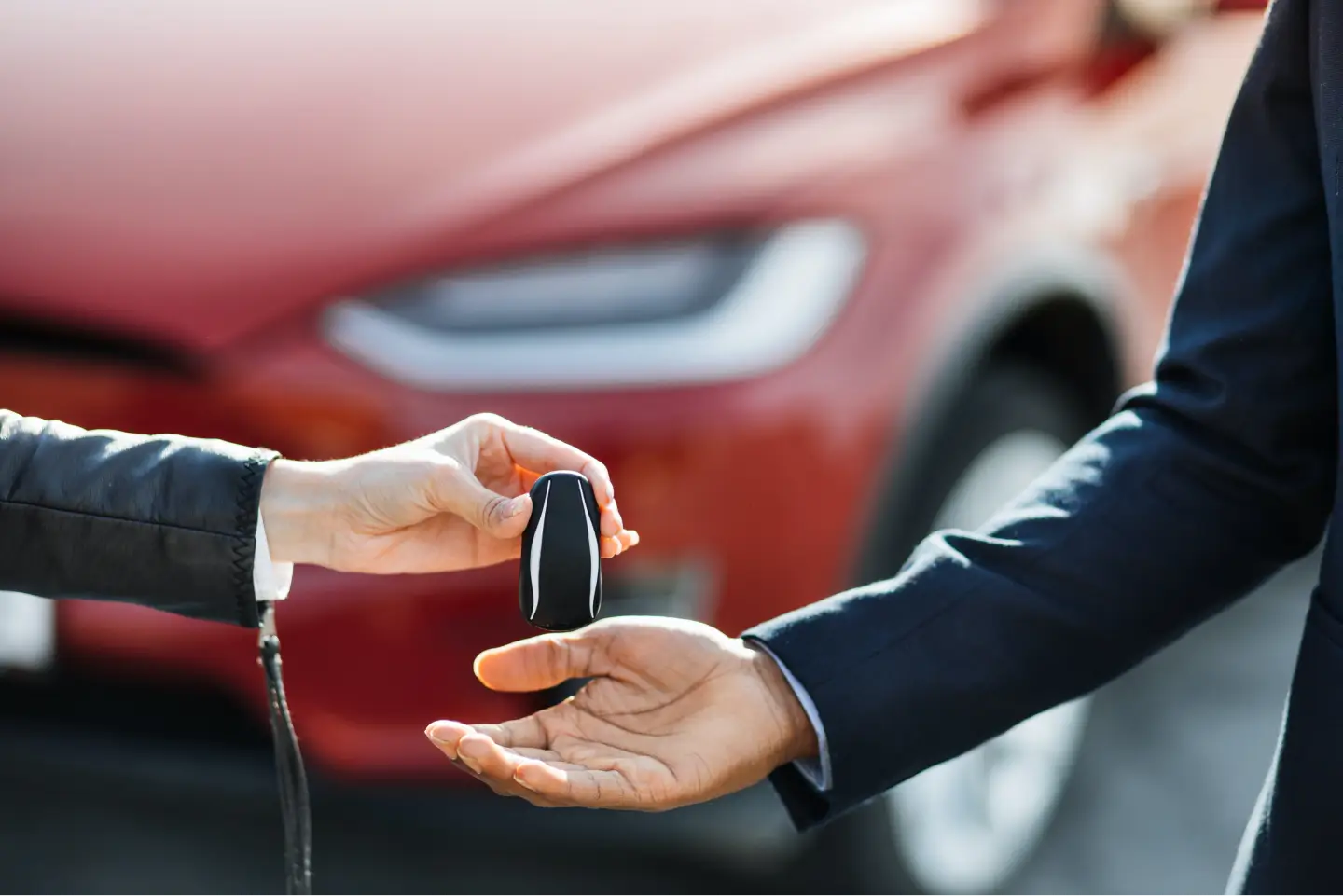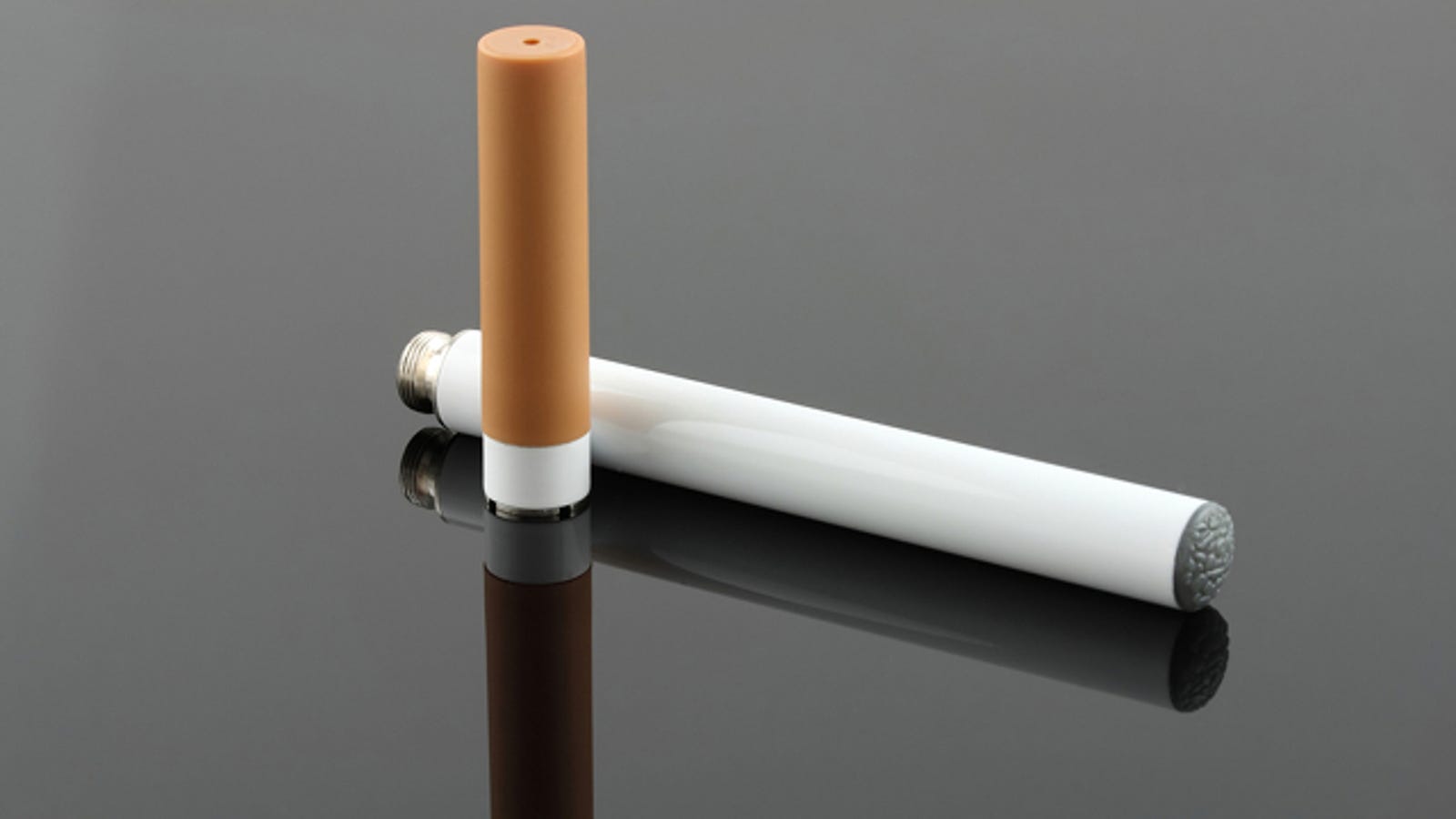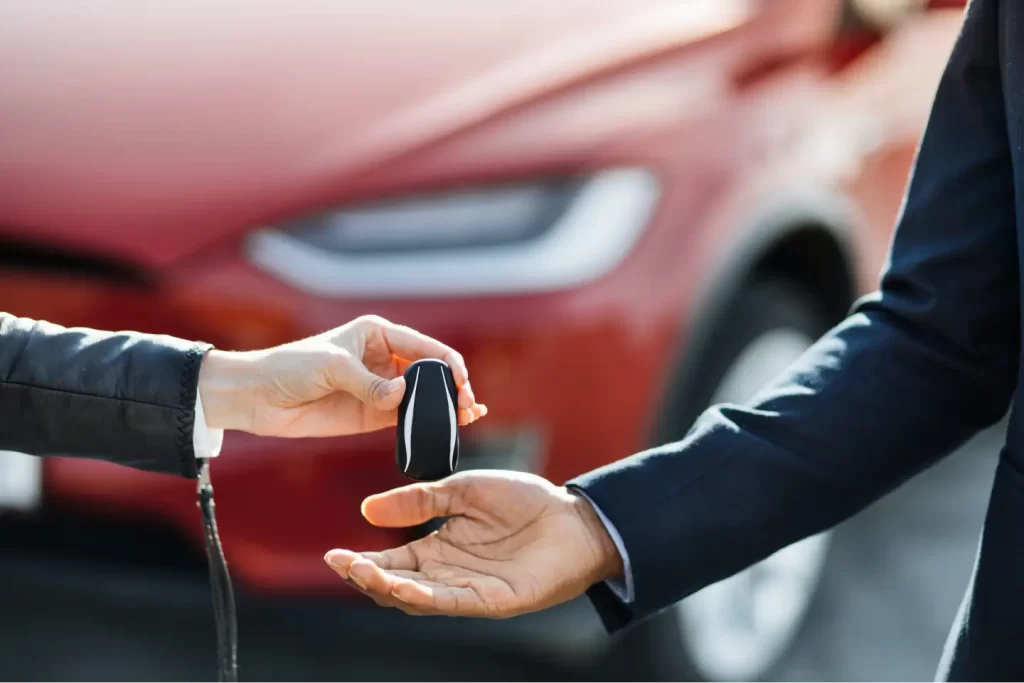
Don’t Get Stranded: Essential Maintenance Tips for Rental Cars
Renting a car can be a convenient and liberating experience, especially when exploring a vibrant city like Bangkok. However, nothing puts a damper on your travel plans quite like being stuck on the side of the road due to car trouble. To ensure a smooth and stress-free journey, it’s essential to prioritize proper maintenance of your rental vehicle. Here are some crucial tips to keep you moving forward without any hiccups.
1. Familiarize Yourself with the Vehicle
Before hitting the road, take a few moments to familiarize yourself with the rental car. Adjust the mirrors, seats, and steering wheel to your preference, and locate important features such as the headlights, windshield wipers, and hazard lights. Understanding the layout of the vehicle will make it easier to navigate and troubleshoot any issues that may arise.
2. Check the Fluid Levels
Regularly inspecting the fluid levels is vital for keeping the rental car running smoothly. Check the oil, coolant, brake fluid, and windshield washer fluid regularly before embarking on a long journey. Low fluid levels can lead to engine overheating, brake failure, or poor visibility, so top them up as needed to avoid potential problems.
3. Monitor Tire Pressure
Proper tire pressure is crucial for maintaining traction, fuel efficiency, and overall safety. Use a tire pressure gauge to check the pressure of each tire, including the spare, and inflate them to the recommended psi if necessary. Underinflated tires can lead to blowouts, while overinflated tires can reduce traction and cause uneven wear.
4. Inspect the Brakes
Brakes are one of any vehicle’s most critical safety features, so it’s essential to keep them in good condition. Listen for any unusual noises or vibrations when braking, as these could indicate worn brake pads or rotors. Additionally, pay attention to how the brakes feel – if they feel spongy or unresponsive, have them inspected by a professional before continuing your journey.
5. Be Mindful of Warning Lights
Modern cars are equipped with a variety of warning lights that indicate potential issues with the vehicle. If any warning lights illuminate on the dashboard during your rental period, don’t ignore them. Stop at a safe location as soon as possible and consult the owner’s manual or contact the rental company for guidance on how to proceed.
6. Avoid Overloading the Vehicle
While it can be tempting to pack the rental car to the brim, overloading it can strain the engine, suspension, and brakes unnecessarily. Be mindful of the vehicle’s weight limits and evenly distribute luggage and passengers to ensure optimal road performance and stability.
7. Drive Responsibly
Finally, one of the best ways to prevent car trouble during your rental period is to drive responsibly. Avoid aggressive acceleration, braking, and cornering, as these can increase wear and tear on the vehicle and raise the risk of accidents. Stick to the speed limits, and always obey traffic laws to keep yourself and others safe on the road.
By following these essential maintenance tips, you can enjoy a worry-free driving experience during your รถเช่ากรุงเทพ adventure. Remember that proper maintenance ensures your safety and helps preserve the condition of the rental vehicle for future travelers.
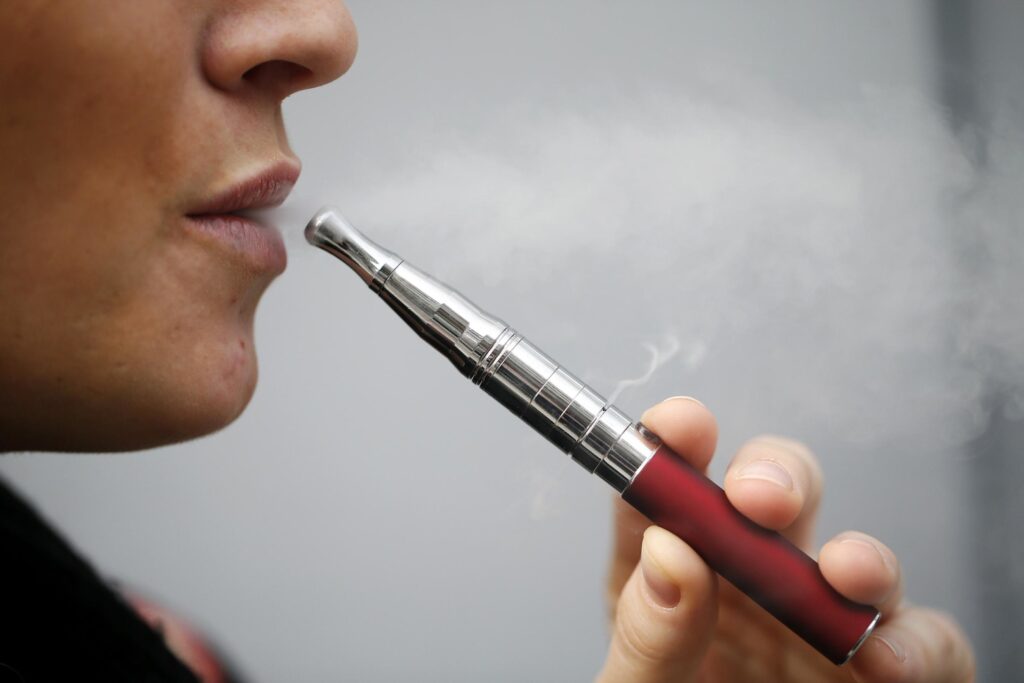
Navigating The Legal Landscape Of Electric Cigarettes: Your Guide to Regional Regulations
As the popularity of electric cigarettes continues to rise, consumers and businesses alike must understand the regulatory framework governing these products. Whether you’re a user, a retailer, or a ร้านขายส่ง หัวพอตบุหรี่ไฟฟ้า, being informed about the laws in your region is essential to ensure compliance and responsible use. Let’s explore the legal landscape surrounding electric cigarettes and the regulations you need to know.
1. Understanding Regional Variations
Regulations regarding electric cigarettes can vary significantly from one region to another. While some areas have adopted strict measures to control their sale and use, others have more lenient policies. It’s important to familiarize yourself with the specific laws and guidelines applicable in your locality to avoid any potential legal issues.
2. Age Restrictions
One of the most common regulations imposed on electric cigarettes is age restrictions. Many regions prohibit the sale of these products to individuals under a certain age, typically 18 or 21 years old. These restrictions aim to prevent minors from accessing and using electronic cigarettes, which are often seen as a gateway to nicotine addiction.
3. Product Labeling and Packaging Requirements
In several jurisdictions, there are specific labeling and packaging requirements for electric cigarette products. These regulations may include mandatory health warnings, ingredient disclosures, and child-resistant packaging to ensure safety and consumer awareness. Businesses must adhere to these guidelines to maintain compliance and protect consumer well-being.
4. Advertising and Marketing Restrictions
Governments often impose restrictions on the advertising and marketing of electric cigarettes, especially concerning their promotion to minors. Regulations may prohibit certain advertising channels, such as television and radio, and restrict the use of appealing flavors or celebrity endorsements that could attract young consumers. Understanding these limitations is crucial for businesses engaged in the promotion of electronic cigarette products.
5. Public Use and Indoor Smoking Bans
In many regions, there are restrictions on where electric cigarettes can be used in public spaces. These regulations often mirror those governing traditional tobacco products, with bans on indoor smoking in workplaces, restaurants, and public transportation. Users should be aware of designated smoking areas and respect the rules to avoid fines or penalties.
6. Import and Export Regulations
Compliance with international trade regulations is essential for businesses involved in importing and exporting electronic cigarette products. This includes adherence to customs requirements, product safety standards, and any restrictions on the cross-border transportation of nicotine-containing substances. Please comply with these regulations to avoid legal consequences and disruptions to business operations.
7. Emerging Legislation and Policy Changes
The regulatory landscape surrounding electric cigarettes is continually evolving as policymakers respond to emerging health concerns and market developments. Stay informed about proposed legislation and policy changes that could impact the industry, and actively participate in advocacy efforts to shape future regulations in a way that supports both public health and business interests.
8. Compliance and Enforcement Measures
Lastly, both users and businesses must prioritize compliance with electric cigarette regulations and cooperate with enforcement authorities. This includes maintaining accurate records, conducting age verification for sales, and promptly addressing any concerns or violations that may arise. By demonstrating a commitment to responsible practices, stakeholders can help foster a safe and transparent marketplace for electronic cigarette products.
In conclusion, navigating the legal landscape of electric cigarettes requires a comprehensive understanding of regional regulations and a commitment to compliance. Whether you’re a user, a retailer, or a wholesale shop for electronic cigarette pods, staying informed and proactive is key to ensuring the responsible use and distribution of these products.

Unlocking Serenity: The Rise of Delta 9 Gummies in Relaxation
In the quest for tranquility and stress relief, more people are turning to unconventional methods to unwind from the chaos of modern life. One such trend that’s been rapidly gaining popularity is the use of Delta 9 gummies. These delectable treats offer a unique way to experience relaxation, blending soothing effects and subtle euphoria that has captivated consumers worldwide.
The Appeal of Delta 9 Gummies
Delta 9 gummies, infused with delta-9-tetrahydrocannabinol (THC), the primary psychoactive component found in cannabis, offer a convenient and discreet means of relaxation. Unlike traditional methods of consuming THC, such as smoking or vaping, these gummies provide a precisely measured dose, allowing users to tailor their experience to their desired level of relaxation. This consistency and predictability have contributed significantly to their growing appeal.
Wellness Without the High
One of the most compelling aspects of Delta 9 gummies is their ability to deliver relaxation without the intense psychoactive effects often associated with THC consumption. While users may experience a gentle euphoria, the high typically associated with cannabis is much milder, making these gummies suitable for individuals seeking stress relief without impairing their daily functioning.
A Natural Alternative to Pharmaceuticals
In an era where mental health awareness is on the rise, many individuals are seeking natural alternatives to pharmaceuticals for managing stress and anxiety. Delta 9 gummies offer a plant-based solution that aligns with this growing trend towards holistic wellness. With fewer potential side effects compared to traditional medications, these gummies provide a promising option for those looking to prioritize their well-being.
Diverse Flavors and Formulations
Another factor driving the popularity of Delta 9 gummies is the wide range of flavors and formulations available on the market. From fruity to sour to chocolate-infused varieties, a gummy suits every palate. Additionally, manufacturers are experimenting with different cannabinoid blends, such as combining THC with cannabidiol (CBD) for a more balanced experience, further expanding the appeal of these products.
The Future of Relaxation
As society embraces alternative wellness practices, the future looks bright for Delta 9 gummies. With ongoing research and innovation in cannabis-infused products, we can expect to see even more refined formulations and novel delivery methods in the years to come. Whether seeking relief from stress, anxiety, or simply a moment of tranquility in a hectic world, Delta 9 gummies are poised to remain a staple in the pursuit of relaxation.
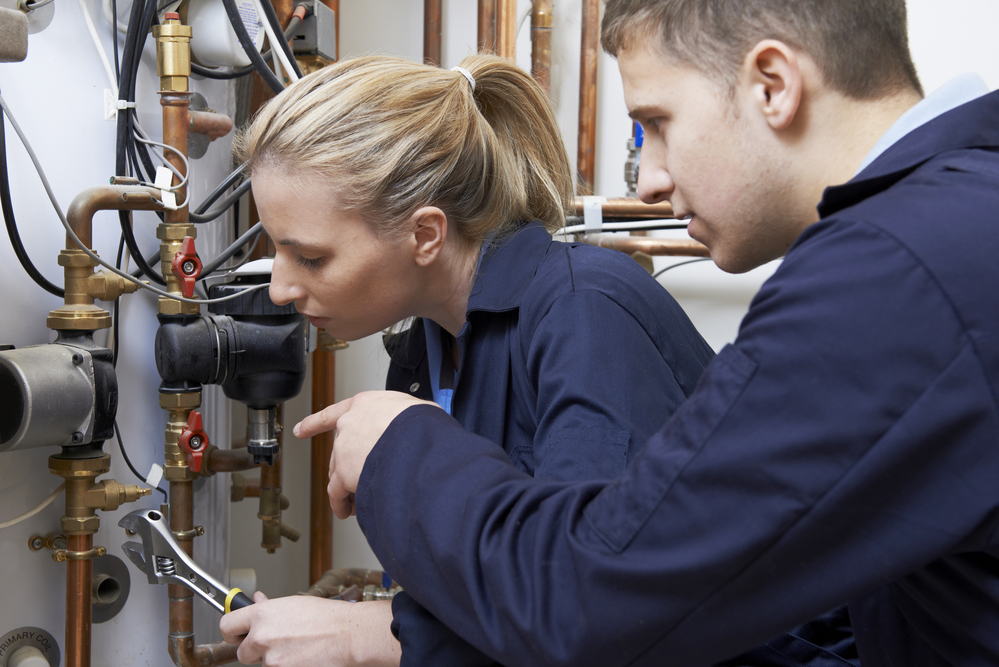
Unlocking The Mysteries Of Plumbing: What to Expect During a Professional Plumbing Inspection
Plumbing issues can quickly turn from minor annoyances to major headaches if addressed. From leaky faucets to burst pipes, the complexity of a home’s plumbing system means that problems can arise when least expected. To avoid costly repairs and maintain the integrity of your home, scheduling regular plumbing inspections is essential. But what exactly does a professional plumbing inspection entail, and what can you expect from the process? Let’s dive into the details.
1. Scheduling and Preparation
Before the inspection begins, you’ll typically need to schedule an appointment with a qualified plumber. When searching for a reliable service provider, consider experience, reputation, and customer reviews. Once you’ve selected a υδραυλικοι αθηνα, coordinate a convenient time for the inspection to take place. On the day of the appointment, ensure that the plumber has clear access to all areas of your home’s plumbing system, including sinks, toilets, showers, and water heaters.
2. Visual Assessment
The inspection will begin with visually assessing your plumbing fixtures and appliances. A trained plumber will carefully examine each component for signs of wear, corrosion, leaks, or damage. This thorough examination may involve checking for loose connections, dripping faucets, water stains, or unusual odors. Additionally, the plumber may inspect exposed pipes in basements, crawl spaces, or utility rooms to identify any potential issues.
3. Testing Water Pressure and Flow
Proper water pressure is crucial for the efficient operation of your plumbing system. During the inspection, the plumber may test the water pressure and flow rate at various fixtures throughout your home. Deviations from the optimal range could indicate underlying problems such as clogs, sediment buildup, or faulty pressure regulators.
4. Drainage Assessment
Clogged drains are a common plumbing issue that can lead to backups and water damage if not addressed promptly. As part of the inspection process, the plumber may perform tests to assess the drainage performance of sinks, tubs, and showers. This evaluation may involve running water through each fixture and monitoring the rate at which it drains. Additionally, the plumber may use specialized tools such as drain cameras to inspect the interior of pipes for blockages or damage.
5. Check for Leaks
Even small leaks can waste water and contribute to mold growth and structural damage over time. To prevent these issues, the plumber will meticulously inspect all visible pipes, fittings, and connections for signs of leakage. This examination may include checking under sinks, behind toilets, and around water heaters for any telltale drips or puddles. In some cases, the plumber may use leak detection technology to identify hidden leaks within walls or floors.
6. Assessment of Water Heater
Your water heater is vital in providing hot water for bathing, cooking, and cleaning. During the inspection, the plumber will evaluate the condition and performance of your water heater. This assessment may involve checking for sediment buildup, testing the temperature and pressure relief valve, and inspecting the anode rod for signs of corrosion. Addressing any issues with your water heater promptly can help prolong its lifespan and ensure reliable operation.
7. Recommendations and Maintenance Tips
Once the inspection is complete, the plumber will provide you with a detailed report of their findings and any recommended repairs or maintenance tasks. This may include replacing worn-out components, tightening loose fittings, or scheduling preventive maintenance services. Additionally, the plumber may offer valuable tips on properly caring for your plumbing system and preventing future problems.
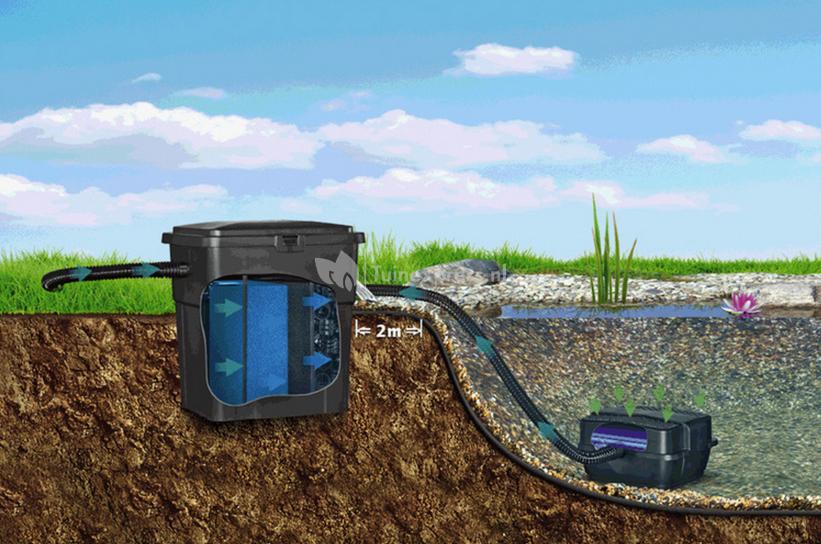
Unlocking The Secrets Of Crystal-Clear Ponds: A Guide to Pond Filtration by World of Water Aquatic Centres
Maintaining a healthy and vibrant pond requires more than just adding water and a few fish. To achieve an optimal aquatic environment, proper pond filtration is essential. World of Water Aquatic Centres guides you through the intricate world of pond filtration, ensuring your water features thrive and stay crystal-clear. In this comprehensive guide, we will explore the importance of filtration, different types of filters, and why the revolutionary doorstroomfilter vijver is gaining popularity among pond enthusiasts.
Understanding the Importance of Pond Filtration
Pond filtration is the backbone of a successful aquatic ecosystem. It plays a crucial role in removing debris, excess nutrients, and harmful bacteria from the water. Filtration promotes water clarity, balances chemical levels, and creates an environment where aquatic life can flourish. Without proper filtration, ponds can quickly become murky, algae-infested, and inhospitable for fish and plants.
The Versatility of Flow-Through Filter Pond Systems
The innovative flow-through filter pond system is one of the latest advancements in pond filtration technology. This cutting-edge design allows water to flow through the filter, ensuring maximum filtration efficiency continuously. Unlike traditional filters that may require periodic cleaning, flow-through filters promote a self-cleaning mechanism, reducing maintenance efforts for pond enthusiasts.
The key to the effectiveness of flow-through filters lies in their ability to provide both mechanical and biological filtration. Mechanical filtration removes visible debris, while biological filtration utilizes beneficial bacteria to break down harmful substances, creating a balanced and healthy aquatic environment. World of Water Aquatic Centres recommends considering a flow-through filter pond system for its versatility and ease of maintenance.
Types of Pond Filters
World of Water Aquatic Centres offers a variety of pond filters to suit different needs and preferences. From pressurized filters to gravity-fed systems, understanding the unique features of each type is crucial for making an informed decision. Whether you have a small backyard pond or a large water garden, there’s a filtration solution that aligns with your specific requirements.
Choosing the Right Filtration System for Your Pond
Selecting the right filtration system depends on factors such as pond size, fish volume, and plants’ presence. World of Water Aquatic Centres experts recommend assessing your pond’s unique characteristics before investing in a filtration system. This ensures that the chosen filter effectively addresses the specific needs of your aquatic environment, leading to a healthier and more visually appealing pond.
Maintenance Tips for Pond Filtration Systems
Regular maintenance is crucial for the longevity and efficiency of your pond filtration system. Cleaning filters, checking water parameters, and ensuring proper water flow are essential tasks that contribute to a thriving aquatic ecosystem. World of Water Aquatic Centres provides comprehensive maintenance guidelines to help pond owners keep their filters in top-notch condition, ensuring the longevity of their water features.
The Future of Pond Filtration: Sustainability and Eco-Friendly Options
As environmental awareness grows, so does the demand for sustainable and eco-friendly pond filtration solutions. World of Water Aquatic Centres is at the forefront of introducing environmentally conscious options, such as solar-powered filters and natural biofiltration methods. These innovations contribute to a healthier pond and align with the global movement towards sustainable practices.
Conclusion
In conclusion, achieving and maintaining a clear and healthy pond involves understanding the importance of proper filtration. World of Water Aquatic Centres is a trusted partner in guiding pond enthusiasts through the diverse world of pond filtration options. Whether you opt for traditional filters or embrace the efficiency of a flow-through filter pond system, the key lies in selecting a solution that aligns with your pond’s unique needs. With the right filtration system and maintenance routine, your pond can become a thriving oasis for aquatic life.


